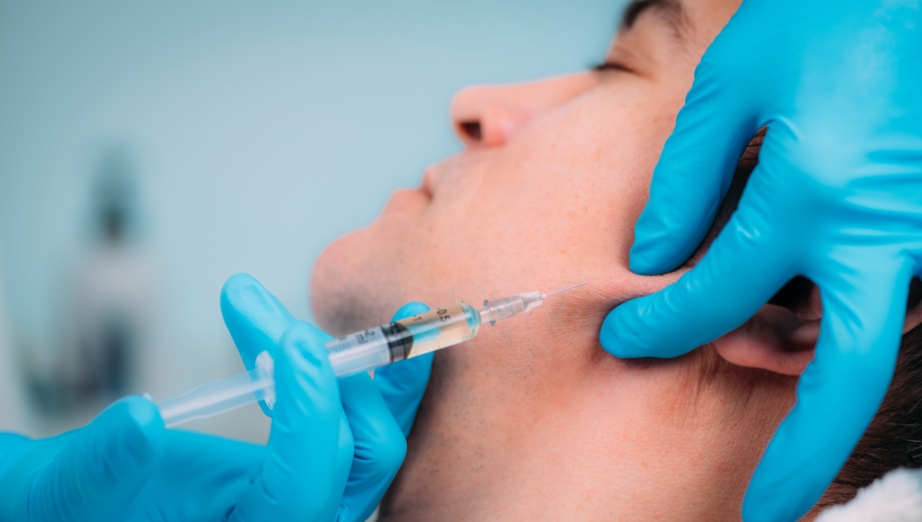The jawline plays a key role in defining facial structure and balance.
A Jawline Consultation at Shellharbour Skin provides an opportunity to discuss your concerns about the appearance or proportion of the lower face and to understand the factors that may influence its shape over time.
This appointment focuses on assessment, education, and planning helping you explore safe and evidence-based options to support the natural balance and structure of your face.
Understanding Why Jawline Changes Occur
The lower face undergoes gradual and predictable changes as part of the natural ageing process.
These changes are influenced by multiple layers of anatomy, bone, muscle, fat, and skin, each contributing to the overall appearance of the jawline and neck.

Key factors include:
Bone resorption: The jawbone (mandible) can lose volume and height with age, reducing the underlying support for the skin and soft tissues.
Muscle activity and laxity: Repeated facial movement and a gradual decrease in muscle tone can alter the tension and angle of the jawline.
Fat redistribution: Facial fat pads may descend or change position, leading to heaviness or reduced definition along the lower face.
Connective tissue changes: Collagen and elastin, essential for firmness and elasticity – naturally decline over time, softening contours.
Skin quality and hydration: Environmental factors such as UV exposure, dehydration, and reduced skin barrier function can further affect texture and resilience.
These processes are normal and vary from person to person. A professional consultation helps to identify how these factors may be contributing to your unique presentation and whether clinical management could help maintain balance and facial harmony.
Your Consultation at Shellharbour Skin
Your consultation is a detailed, discussion-based appointment tailored to your health, history, and goals.
During this appointment, your clinician will:
- Review your medical history, allergies, and any medications
- Assess your facial structure, skin tone, and lower-face contours
- Discuss your concerns and preferences regarding shape or definition
- Explore the factors that influence skin firmness and structure
- Outline potential pathways to support jawline balance and proportion
- Ensure you have all the information required to make an informed decision
- Provide time to ask questions or seek clarification
All consultations are conducted under medical supervision by experienced practitioners trained in aesthetic assessment and patient care.
Approach Discussions
Following your assessment, your clinician may outline management pathways or educational options suited to your needs.
These discussions are educational and focused on helping you understand the underlying structure of the lower face and the safe, evidence-based options that may support balance and definition.
Topics may include:
- Observation or monitoring: When no immediate intervention is required, periodic review may be suggested to track changes over time.
- Lifestyle and skin-care optimisation: Guidance on hydration, nutrition, sun protection, and home-care practices to maintain skin quality.
- Professional skin treatments: Discussion of in-clinic approaches—such as energy- or light-based modalities (Ultraformer MPT – HIFU, Alma Hybrid CO₂, Laser Genesis)—where clinically suitable to support skin function.
- Medically directed or prescribed approaches: Where clinically appropriate, your clinician may discuss treatments that act beneath the surface to support facial structure and proportion. These are performed only after an in-person medical assessment, under the supervision of a qualified prescriber, and cannot be named or advertised publicly under AHPRA and TGA regulations.
- Collaborative or referred care: If multidisciplinary input (for example, dental or medical review) would assist your overall plan.
Your clinician will explain the reasoning behind any recommendation, outline safety considerations, and provide clear information about aftercare and review.
Aftercare & Follow-Up
If you proceed with a management plan, you may experience temporary redness, swelling, or tenderness. These effects are usually mild and resolve within a few days.
Your clinician will provide tailored aftercare instructions, which may include:
- Avoiding makeup and active skincare for several days
- Limiting strenuous activity and heat exposure for 24–48 hours
- Avoiding pressure or massage on the treated area
- Keeping your head elevated for several hours after treatment
- Attending a follow-up review if recommended
Your aftercare plan supports comfort, safety, and recovery.
All aesthetic treatments carry potential risks and side effects.During your consultation, your clinician will discuss these thoroughly and explain the steps taken to minimise them.
Temporary effects may include:
- Redness
- Swelling
- Bruising
Less common risks can include:
- Infection
- Bleeding or haematoma formation
- Skin discolouration
- Itching or irritation
- Skin ulceration
- Vascular compromise
- Localised weakness or tenderness
If you experience pain, discolouration, or unexpected symptoms, contact the clinic promptly for assessment.
Cost and Planning
The cost of a Jawline Consultation varies depending on your needs and whether further management is discussed. Your clinician will confirm consultation fees before your appointment.
If a treatment plan is developed, it will be outlined and cost separately after your assessment.
Important Information
- Shellharbour Skin provides consultations for assessment and management planning of aesthetic concerns.
- We do not advertise or promote prescription-only products.
- All clinical discussions occur following a detailed health assessment and informed-consent process.
- Suitability, recovery, and outcomes vary between individuals.
- Consultations are available for adults aged 18 years and over.
- This information is provided for educational purposes only and should not replace personalised medical advice.
Practitioner Transparency
Consultations and skin treatments at Shellharbour Skin are provided by a multidisciplinary clinical team:
Dermal Clinicians – qualified skin professionals who are not registered under AHPRA but hold tertiary qualifications in dermal science or dermal therapies. They provide skin treatments and consultations within their professional scope and under clinical supervision.
Registered Nurses – AHPRA-registered health practitioners who perform skin and aesthetic treatments within their clinical training and scope of practice.
Medical Practitioners – AHPRA-registered doctors experienced in skin health and aesthetic medicine who oversee and support all clinical services.
All treatments are undertaken within a medically supervised environment, ensuring that each patient pathway is reviewed for clinical suitability, safety, and evidence-based care.
You can verify registration for medical practitioners and nurses at ahpra.gov.au
Frequently Asked Questions
Why does the jawline change with age?
The jawline and lower face naturally evolve as part of the ageing process. This occurs due to several factors – including gradual bone resorption, changes in fat distribution, reduced collagen and elastin, and variations in muscle tone.
Environmental factors such as UV exposure, dehydration, and smoking can further affect the skin’s firmness and texture over time.
Are jawline changes normal?
Yes. Changes in definition, contour, or symmetry of the jawline are common and reflect normal biological ageing. Understanding the anatomical layers involved bone, muscle, connective tissue, and skin, allows your clinician to discuss appropriate and evidence-based strategies to support balance and structure safely.
Are “jawline fillers” or injectables discussed at Shellharbour Skin?
Under AHPRA 2025 advertising guidelines, prescription-only injectable products cannot be advertised or named. If clinically appropriate, your clinician may discuss these options after an in-person medical assessment, focusing solely on safety, suitability, and mechanism – not brand names, results, or promotional claims.
What lifestyle factors support jawline health?
Maintaining hydration, using daily sun protection, eating a balanced diet, and avoiding smoking all support long-term skin quality. Posture and muscle activity (such as teeth grinding or jaw clenching) can also influence jawline tension and shape. Your clinician can provide practical guidance during your consultation.
What are the possible risks of lower-face or jawline treatments?
All aesthetic and medical procedures carry potential risks. Temporary effects may include mild swelling, redness, or bruising. Less common risks include infection, delayed healing, or vascular compromise (reduced blood flow). Your clinician will discuss these in detail before any procedure and provide written aftercare and emergency contact information.
If you have a question, get in touch and one of our staff will be in touch shortly.




